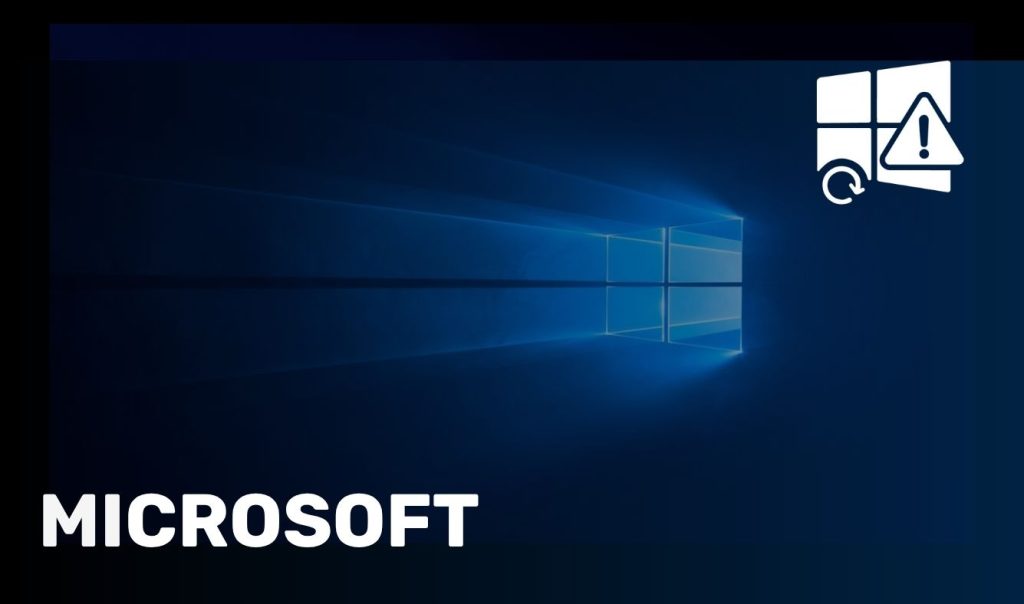Cybersecurity breaches are becoming increasingly common and more sophisticated, making it essential for organisations to move beyond relying on a single layer of defense. To better protect networks, data, and systems, many businesses are adopting Defence in Depth (DiD), a strategy that uses multiple security measures to provide robust protection.
Defense in Depth involves deploying various security controls across different layers of an organisation’s infrastructure. This layered approach ensures that if one defense is breached, additional measures are in place to contain and mitigate the threat.
In this blog post, Creative Networks explore layers of Defence in Depth, its key advantages, and the critical layers that form a strong multi-layered security strategy.

What Is Defence in Depth (DiD)?
Defense in Depth is a cybersecurity strategy that implements multiple layers of security to protect against a wide range of threats. This concept is rooted in military defense strategies where fortifications, barriers, and checkpoints are layered to slow down and weaken attackers. In the digital world, the same principle is applied by using overlapping security mechanisms to prevent unauthorized access, detect malicious activity, and respond to potential breaches.
In essence, Defence in Depth doesn’t rely on a single point of protection but creates redundancy by deploying several controls at different layers of the IT infrastructure. This layered approach ensures that even if one layer is compromised, additional layers can still protect the system and minimize damage.
Why Is Defence in Depth Important?
Modern cyber threats are increasingly sophisticated, and a single security solution, such as a firewall or antivirus software, is no longer sufficient to protect an organisation. Attackers may bypass a specific security measure using various methods, including Phishing, Malware, Social Engineering, or Ransomware.
By deploying Defence in Depth, organisations reduce their risk of breaches by ensuring that if one security control fails, others can still protect the system. This multi-layered approach increases the likelihood of detecting and stopping attacks before they cause significant harm.
Here are some of the key benefits of Defense in Depth:
- Comprehensive Protection: Multiple layers address a wide range of potential attack vectors, from network intrusions to insider threats.
- Reduced Single Point of Failure: No single security tool or technique can provide absolute protection. DiD minimises the risk associated with a single defense mechanism being breached.
- Detection and Response: The layered approach allows organisations to detect threats at various stages and respond appropriately, reducing the time an attacker has within the network.
- Compliance: Many regulatory frameworks, such as GDPR require organisations to implement multiple security controls, making Defense in Depth a key strategy for achieving compliance.
The Key Layers of Defense in Depth
To create a robust Defense in Depth strategy, organisations need to consider securing multiple layers of their infrastructure.
These layers include:
1. Physical Security
The first layer of defense is physical security, which protects your hardware and infrastructure from unauthorised physical access. This includes securing data centers, offices, and servers from potential physical threats such as theft, vandalism, or tampering.
Physical Security Controls:
- Biometric access controls (fingerprints, retina scans).
- Security cameras and surveillance systems.
- Locked server rooms and data centers.
- Keycard access systems for authorised personnel.
2. Network Security
Network security is the next critical layer. It involves protecting your internal networks from external threats, such as unauthorised access, malware, and DDoS attacks. Securing the network ensures that malicious actors cannot penetrate your internal systems.
Network Security Controls:
- Firewalls to block unauthorised access and monitor traffic.
- Intrusion Detection and Prevention Systems (IDS/IPS) to identify and respond to malicious activity.
- Virtual Private Networks (VPNs) for secure remote access.
- Network segmentation to isolate different parts of the network and limit the spread of an attack.
3. Endpoint Security
Endpoints, such as laptops, desktops, and mobile devices, are common entry points for attackers. Securing these devices is essential to prevent malware infections and unauthorised access.
Endpoint Security Controls:
- Antivirus and anti-malware software to detect and remove malicious software.
- Endpoint Detection and Response (EDR) tools to monitor, detect, and respond to endpoint threats.
- Patch management to ensure that all devices have the latest security updates.
- Device encryption to protect sensitive data if devices are lost or stolen.
4. Application Security
Applications, whether web-based or installed on devices, can be vulnerable to attacks such as SQL injection, cross-site scripting (XSS), or buffer overflows. Securing applications ensures that vulnerabilities in software are minimized.
Application Security Controls:
- Regular security testing and vulnerability assessments.
- Web Application Firewalls (WAF) to filter malicious traffic and prevent web-based attacks.
- Code reviews and secure coding practices to minimise flaws in software development.
- Access control to restrict who can interact with sensitive applications.
5. Data Security
Data security focuses on protecting sensitive information from being accessed or modified by unauthorised users. With data being a prime target for cybercriminals, this layer is crucial for preventing breaches and ensuring compliance with data protection laws.
Data Security Controls:
- Encryption for data at rest and in transit to prevent unauthorized access.
- Data Loss Prevention (DLP) tools to monitor and control the flow of sensitive information.
- Data classification policies to identify and protect high-value or sensitive data.
- Backup and recovery plans to ensure data can be restored in case of loss or corruption.
6. Identity and Access Management (IAM)
Identity and Access Management (IAM) ensures that only authorised users have access to systems, applications, and data. This layer focuses on controlling who has access, what they can do, and when they can do it.
IAM Controls:
- Multi-factor authentication (MFA) to add an extra layer of security beyond passwords.
- Role-based access control (RBAC) to assign permissions based on job responsibilities.
- Single sign-on (SSO) solutions to simplify user authentication across multiple systems.
- Regular access audits to ensure that permissions are appropriate for each user.
7. Monitoring and Incident Response
No security strategy is complete without continuous monitoring and a solid incident response plan. Monitoring tools help organisations detect unusual activity, while an incident response plan ensures quick action is taken when an attack occurs.
Monitoring and Response Controls:
- Security Information and Event Management (SIEM) systems to collect and analyse security event data in real-time.
- Intrusion detection systems (IDS) to alert teams to suspicious activity.
- Incident response teams to contain, mitigate, and recover from attacks.
- Forensic tools to investigate and analyse breaches.

Best Practices for Implementing Defence in Depth
When implementing a Defence in Depth strategy, it’s important to keep in mind a few best practices to maximise the effectiveness of your layered security approach:
- Evaluate Your Risk Profile: Understand your organisation’s most significant risks and vulnerabilities to prioritize security layers accordingly.
- Ensure Layered Integration: The different layers of defense should work in harmony. Make sure your firewall, SIEM, IDS/IPS, and other systems integrate well and provide comprehensive coverage.
- Regularly Test Your Defenses: Conduct penetration testing and red team exercises to identify weaknesses in your layers and make necessary adjustments.
- Keep Software and Systems Updated: Apply patches and updates regularly to address security vulnerabilities, especially for operating systems, applications, and network devices.
- Educate Employees: Provide ongoing security awareness training to help staff identify phishing attempts, social engineering, and other attack methods that can bypass technical defenses.
Defense in Depth is a critical approach to ensuring your organisation’s security. By implementing multiple layers of protection—covering everything from physical access to applications and data—you create a robust system that can withstand a wide variety of attacks. Each layer plays an essential role in protecting your network, detecting threats, and responding to incidents.
In a world where cyber threats are constantly evolving, adopting a multi-layered security strategy like Defense in Depth is essential for safeguarding sensitive information, maintaining business continuity, and complying with regulatory standards.
Contact Creative Networks Today
If you’re looking to strengthen your organisation’s security posture with a Defence in Depth strategy, Creative Networks can help. Our team of experts can assess your current security infrastructure and implement the right solutions to ensure your business is protected from modern threats.
Contact us today to learn how we can help you build a comprehensive security strategy tailored to your needs.




